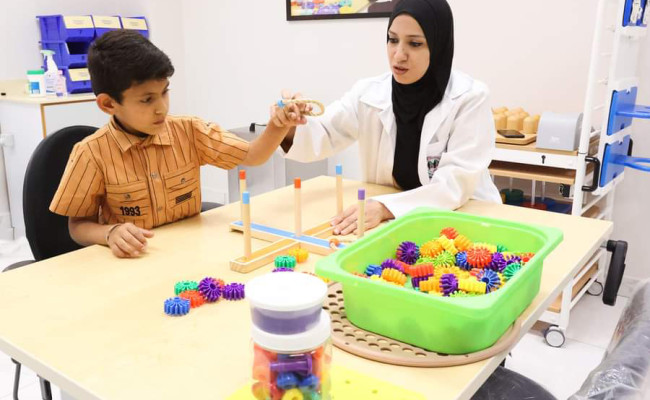Abstract
Objective: This study aimed to evaluate the prevalence and patterns of impacted mandibular
third molars (MTMs) and their association with distal caries in adjacent mandibular second molars
(MSMs).
Methods: A total of 2000 randomly selected orthopantomograms (OPGs) were analyzed. MTM
impaction patterns were classified using Winter’s and Pell-Gregory systems, and distal caries on
MSMs wereassessed. Statistical analyses included chi-square tests and multivariate logistic regres
sion to evaluate associations between impaction characteristics and caries prevalence.
Results: Of the 1594 eligible OPGs, 37% exhibited MTM impactions. Among the 828 impacted
MTMs identified, 19.56% were associated with carious lesions on the distal surface of adjacent
MSMs. Statistical analysis revealed that mesioangular impactions significantly increased the like
lihood of distal caries in MSMs. In contrast, Pell-Gregory Classes II-C and III-C were associated
with reduced odds of caries. Age emerged as a strong predictor, whereas gender and other
Winter’s classification categories did not significantly influence caries occurrence.
Conclusion: Impacted MTMs are associated with an increased risk of caries on the distal surface
of MSMs. Impaction patterns and patient age influenced the prevalence of caries. Prophylactic
removal of impacted MTMs in high-risk cases may help reduce the risk of caries development
in MSMs
Authors
Naji Z Arandi andAhmad Jarrar
Pages From
1
Pages To
19
ISSN
ISSN: 0300-0605 Online ISSN: 1473-2300
Journal Name
Journal of International Medical Research
Volume
Vol. 53
Issue
3
Keywords
Caries, impacted teeth, impaction patterns, mandibular third molars, mandibular second molars
Project
Association between mandibular third molar impactions and distal carious lesions on the adjacent second molars: A cross-sectional study
Abstract






